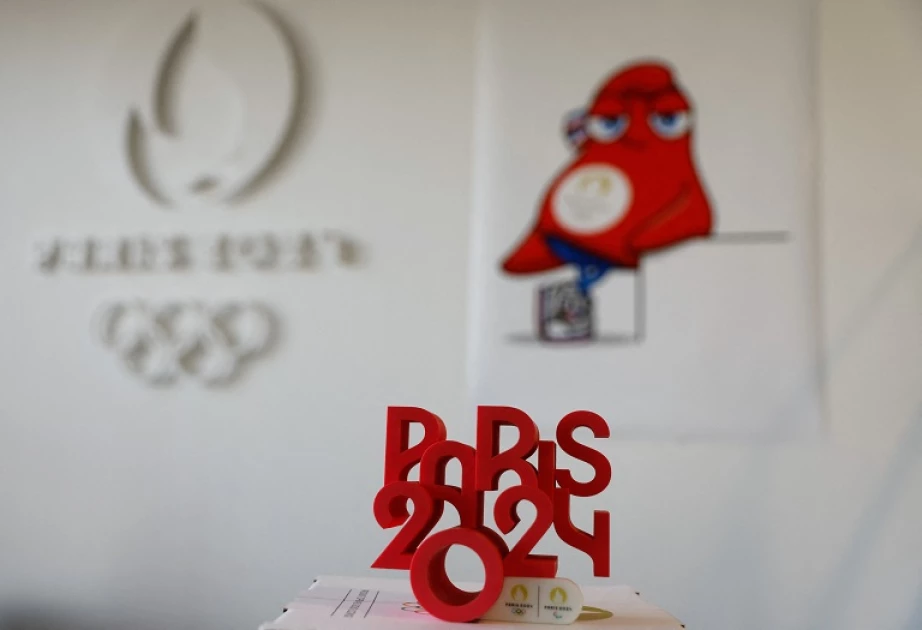Organizers of the 2024 Paris Olympics promised “unprecedented” climate action by halving the carbon footprint of previous Games and funding projects to reduce greenhouse gases. However, experts are skeptical, especially after organizers abandoned a pledge to set a hard limit on overall carbon emissions.
Approximately one-third of the emissions from the three-week event are expected to come from transport, with millions of athletes, spectators, staff, and journalists flying into Paris. Organizers planned to use mostly pre-existing or temporary infrastructure to avoid the environmental costs associated with new construction. However, the sustainability of the Games took a hit when the initial commitment to cap emissions at 1.58 million tonnes of CO2 equivalent was dropped.
“The quantified target, which was the big step forward compared to previous Games and was announced with great fanfare, has been abandoned,” said Martin Muller from the Institute of Geography and Sustainability at Lausanne University. “Without a quantified goal, there is no verifiable obligation.”
Organizers now aim to emit half the average emissions of the 2012 and 2016 Games in London and Rio de Janeiro, which Muller estimates to be 3.9 million tonnes of CO2. This means Paris 2024 could emit up to 1.95 million tonnes and still claim to have met their objective, despite this being a 20% increase from the initial target.
Climate Contribution
Organizers have stated that the Games will make a “positive contribution to the climate” by purchasing carbon credits to offset unavoidable emissions. This language has been revised to say the Games will “support climate contribution projects that cut and capture CO2.” These projects could include protecting forests, planting trees, or rolling out renewable energy, although details are sparse.
“Framing their investments in credits as ‘climate contribution’ not offsets is a great way to stay honest about an organization’s own footprint while supporting and financing progress to global net zero goals,” said Kaya Axelsson from the Smith School of Enterprise and the Environment at the University of Oxford.
Benja Faecks from Carbon Market Watch, a nonprofit watchdog, added that the revised phrasing “doesn’t mislead the public into believing that the Games have no impact on the climate.”
Plastic Pollution Concerns
Activists are also concerned about the level of plastic waste and the involvement of major sponsor Coca-Cola. Under pressure, organizers plan to distribute 9.6 million drinks from fountains or glass bottles, 6.2 million in reusable cups, and 2.2 million in recycled plastic bottles.
France Nature Environnement (FNE) accused Coca-Cola of “unjustified plastic pollution,” criticizing the plan to pour drinks from recycled plastic bottles into reusable cups as a “subterfuge.”
“Recycling is not the solution: Coca-Cola should have reduced its plastic,” said Axele Gibert of FNE.
In 2023, Coca-Cola topped a ranking of brands responsible for the worst plastic pollution, according to NGO Break Free From Plastic.
Proposals for Greener Games
Researchers like Muller have proposed solutions to make the Olympics more sustainable, including reducing the size of the event, rotating the Olympics among the same cities, and enforcing independent sustainability standards.
To limit air travel, NGO The Shifters suggested maximizing ticket sales to local spectators and those from neighboring countries with less emission-intensive journeys. This could be coupled with “decentralized fan zones” managed by the organizing country and located on different continents to welcome spectators traveling shorter distances.
4o


